Sales service requests are touchpoints that enable customers to connect with businesses, express their needs, and move towards making a purchase. Setting up a robust system for handling sales requests is essential to ensure that potential customers receive timely and accurate information. When a prospective customer encounters an obstacle or has a question, a quick and professional response can make the difference between closing a sale and losing a lead.
Unfortunately, many businesses lose significant revenue by not properly responding to customer inquiries. Poor customer service can have immediate and long-term effects on a company’s bottom line. According to Forbes, U.S. businesses lose approximately $75 billion annually due to poor customer service. This loss is primarily driven by customers switching to competitors after experiencing unsatisfactory interactions.
Further customer service statistics reveal that 65% of customers have switched to a different brand due to a poor customer service experience, and 67% have shared their negative experiences with others, amplifying the potential damage. On the flip side, providing excellent customer service can increase revenues by 4% to 8% above the market average, demonstrating the financial benefits of prioritizing customer inquiries and support.
Why Sales Service Requests Matter
What exactly are sales service requests, and why are they so important? Sales service requests refer to the formalized process through which prospective customers and clients can request information, support, or action related to a business’s products or services during the sales cycle. These requests can include inquiries about product features, pricing details, demo scheduling, proposal requests, or any other support needed to guide the customer toward a purchase decision.
By providing access to sales service requests, your prospective customers can select the options that best meet their needs. It’s like having a sales representative available at all times, ready to support them when they need it most.
In this article, we’ll cover top 10 essential sales service requests critical for every business.
- Newsletter Subscription Service Request
- Product Demonstration (Demo) Service Request
- Resource Download Service Request
- Trial Service Request
- Subscription Service Request
- License Service Request
- Subscription or License Service Request
- “Contact Us” Request
- “Ask a Question” Request
- Support Request
Newsletter Subscription Request
A newsletter subscription service request is when a customer or potential customer voluntarily signs up to receive regular email communications from a business. Requesting for a newsletter is often one of the first steps a potential customer takes, signaling interest towards a brand, product, or services. By subscribing to a newsletter, the potential customer is interested to learn more before making a purchase. Collecting and managing newsletter requests efficiently helps to nurture leads, build relationships, and drive conversion when the prospective customer is ready to make a sale.
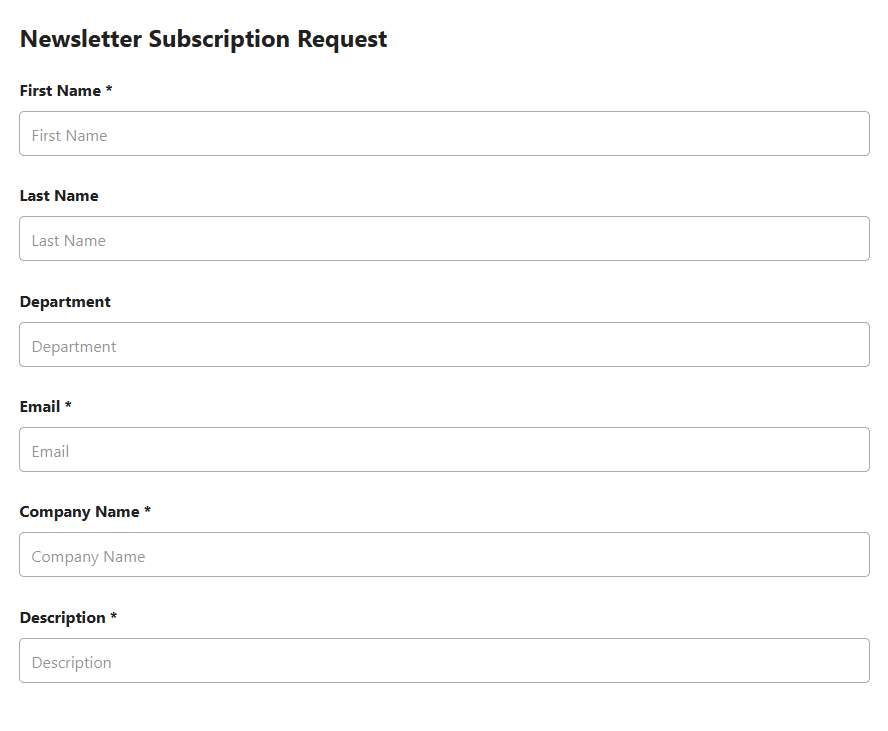
In order to efficiently communicate with these prospective customers, you may want to collect relevant information for the customer as they request for newsletter subscriptions. Some of the common information gathered through the newsletter subscription request are:
- Email Address: The primary contact email for sending newsletters.
- Name: Personalizing newsletters with the subscriber’s name can increase engagement.
- Demographics: Optional demographic information such as age, gender, or location may be collected to better tailor content.
- Company/Industry: For B2B newsletters, knowing the subscriber’s company or industry helps in delivering more relevant content.
Click here for the Minutly Newsletter Subscription Request template that you can use to easily add subscription service requests to your catalog. By integrating the newsletter service request into your marketing channels—websites, social media, or other collateral—you can let customers make requests from different channels.
Product Demonstration (Demo) Request
A product demo request is a formal inquiry from a prospective customer asking to see a live or recorded demonstration of your product or service. This request typically arises when a potential buyer is seriously evaluating your solution and needs to understand its features, functionality, ease of use, and potential value proposition.
Product demo requests are a vital component of a successful sales strategy. They offer a unique opportunity to showcase the product’s value, build customer confidence, and expedite the sales process. By effectively managing these requests and delivering high-quality demos, businesses can significantly improve their conversion rates and customer satisfaction. In many cases, the product demo is the deciding factor that moves a prospect from consideration to commitment.
Product demos can be conducted in various formats, including live virtual demos, pre-recorded videos, or even in-person presentations, depending on the nature of the product and the customer’s preferences.As mentioned earlier, a well-executed product demo can significantly influence a buyer’s decision, helping to build trust, clarify the product’s value proposition, and ultimately accelerate the sales cycle.
To effectively respond to the customer demo requests, it is important to understand the requester details, including demographics, company details, roles, their business needs, etc. The information includes:
- Contact Information: Name, email, phone number, and other relevant details of the requester.
- Company details: Information about the company, size, revenue, location, department, or other details that can help understand the potential size and complexity of the account.
- Requestor Role: Information about the requestor’s role within the company. This should help determine requestor authority within the company.
- Detailed Requirements: Specifics about the products or services needed, including any customizations, quantities, or special conditions.
- Preferred Features: Identifying which features the customer is most likely to use during the demo can help in providing targeted guidance and support.
Make the demo request easily accessible through your website, email, social media, or other communication channels. Checkout Minutly templates to add your demo requests to your service catalog.
Once the prospective customer submits a demo request, ensure to quickly follow up with the demo, which can accelerate the sales cycle and improve customer satisfaction.
Resource Download Request
A resource download request is a process where potential customers or users submit their contact information in exchange for access to valuable content, such as eBooks, whitepapers, research reports, templates, or case studies. This exchange is a cornerstone of inbound marketing strategies, allowing businesses to provide valuable resources while capturing leads for further engagement and nurturing. Resource downloads are often used to attract prospects who are actively seeking information or solutions to their specific challenges, positioning the business as a knowledgeable and trusted source.
The process for handling resource download requests often involved landing page development, content creation, request form, and resource delivery. Some of the common prospective customer information during the resource download request are:
- Contact Information: Basic details such as the user’s name and email address, which are crucial for follow-up communications.
- Company Details: Information about the user’s company, including the name, industry, and size, which helps in understanding the context in which the resource will be used.
- Job Title/Role: Knowing the user’s job title or role within their company provides insights into their level of decision-making authority and their specific interests or pain points.
- Checkout Minutly Request Download service request to easily add to your service catalog and start capturing valuable customer details in one place.Specific Interests: Optional fields where users can specify the topics or challenges they are most interested in, helping the business tailor future content and offers to their needs.
- Consent and Preferences: Users are typically asked to consent to receive further communications from the business, ensuring compliance with data protection regulations like GDPR.
Quote or Proposal Request
A proposal or quote request is a formal inquiry from a potential customer asking for a detailed breakdown of pricing, deliverables, and terms for a specific product or service. This request typically arises after a potential customer has seen the demo or evaluated your product or services, and is ready to engage in a formal purchasing process mainly understanding the financial aspect of the purchase.
When collecting proposal requests, you must capture all the essential information, so you can share accurate proposals without any delays. Some of the essential information captured in a proposal may include:
- Contact Information: Name, email, phone number, and other relevant details of the requester.
- Company details: Information about the company, location, department, or other details that can help understand the potential size and complexity of the account.
- Requestor Role: Information about the requestor’s role within the company. This should help determine requestor authority within the company.
- Detailed Requirements: Specifics about the products or services needed, including any customizations, quantities, or special conditions.
- Budget Information: If available, understanding the customer’s budget can help you tailor the proposal or quote to meet their expectations.
- Timeline: Any deadlines or timeframes for when the customer needs the proposal or quote and when the project or delivery is expected to start or be completed.
Responding promptly and accurately to these requests can significantly influence the customer’s decision. For many businesses, the ability to provide well-structured and competitive proposals or quotes can be a key differentiator in a competitive market.
Trial Service Request
A trial service request is a request made by a potential customer to access your product or services for a set period, usually at no cost. Potential customers usually request for a trial when they have done the evaluation, and would like to experience the product or services to make the final purchasing decision.
Trial service requests are often used as a conversion tool, especially for businesses offering software-as-a-service (SaaS), digital products, or services that require hands-on experience to fully appreciate their value. Trials allow potential customers to experience a product’s features, interface, and benefits before making a financial commitment. This opportunity to “try before you buy” helps to build trust, reduce perceived risk, and can significantly increase the likelihood of conversion from trial to paid customer. A typical trial period ranges from 7 to 30 days, depending on the product complexity and the business’s marketing strategy. Some trials might offer full access to all features, while others might limit certain functionalities, encouraging users to upgrade to a paid version.
Some of the information captured as part of the trial service requests are:
- Contact Information: Basic details such as the customer’s name, email address, and, optionally, their phone number and company name.
- Business or Industry Details: For B2B trials, capturing the customer’s industry or specific business needs helps in tailoring the onboarding process and providing relevant case studies or examples.
- Intended Use Case: Understanding why the customer is interested in the trial, such as specific problems they are trying to solve or features they are most interested in exploring.
- Preferred Features: Identifying which features the customer is most likely to use during the trial can help in providing targeted guidance and support.
- Payment Information: If the trial transitions into a paid plan automatically, payment details might be required upfront, with clear communication about the terms.
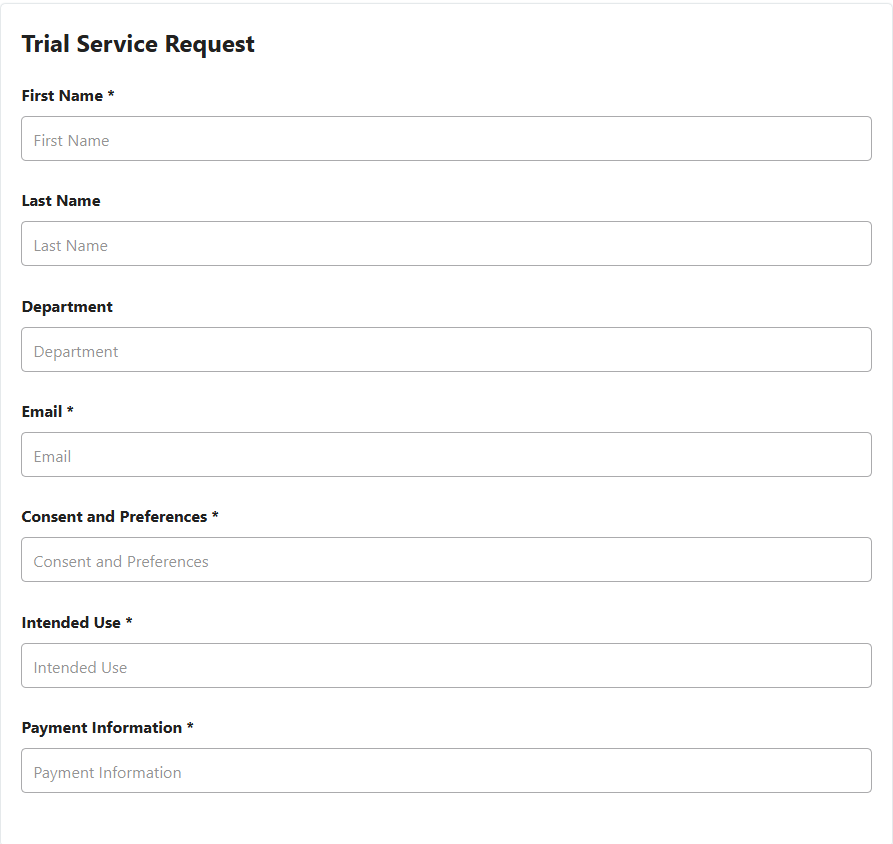
If you’re offering trial services, ensure the duration and other terms and conditions of the trial period, and how the prospective customer can make a purchase once the trial period ends. Checkout Minutly templates to find suitable trial service requests and add to your catalog.
Subscription Service Request
A subscription service request is a formal action taken by a customer to enroll in a recurring service or access ongoing content, often on a monthly or annual basis. This request is crucial for businesses, particularly those operating in subscription-based models, as it represents a commitment from the customer to engage with the service over a period of time. The importance of a subscription service request lies in its ability to secure steady, predictable revenue for the business while providing customers with continuous value, such as regular updates, exclusive content, or ongoing access to a service.
The process of handling a subscription service request typically involves the customer selecting a subscription plan from the available options, submitting necessary details through an online form or checkout process, and agreeing to the terms of service. Payment information is usually collected upfront, and the customer’s subscription is activated immediately upon successful processing.
Setting up a proper subscription request ensures that the customer is aware of the different subscription options, pricing model, duration of the subscription, etc. The following details are typically collected in a subscription request.
- Customer Contact Information: Name, email address, and sometimes phone number for communication and support.
- Payment Details: Credit card information or alternative payment methods to facilitate recurring charges.
- Subscription Preferences: Choice of subscription plan, frequency of billing, and any optional add-ons or customization.
- Consent and Agreement: Confirmation that the customer agrees to the terms of service and privacy policy, ensuring legal compliance and customer awareness of the commitment.
- Billing Information: Address and other necessary details for payment processing and compliance with billing regulations.
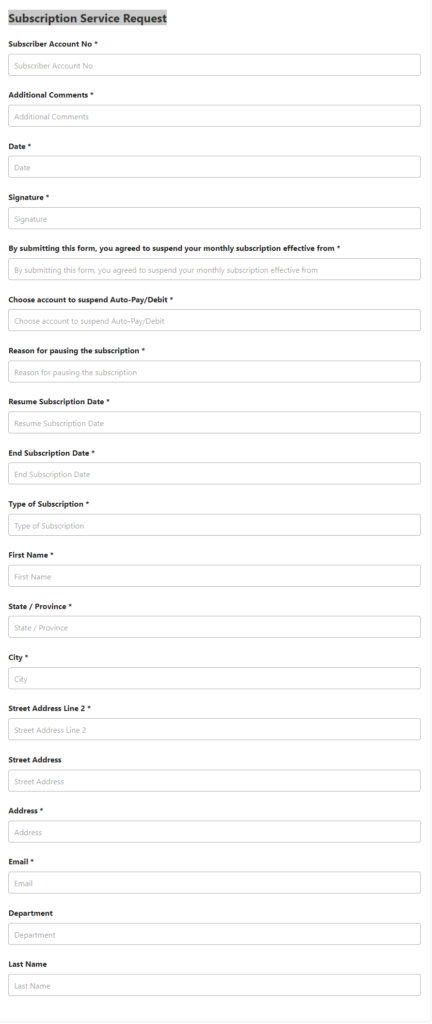
By carefully managing subscription service requests and capturing these essential details, businesses can enhance customer satisfaction, streamline their operations, and build a robust base of recurring revenue.
New License Service Request
A license request is a formal process through which a customer obtains the right to use a specific product, service, or intellectual property under predefined terms and conditions. This process is particularly important for businesses that offer software, digital content, or specialized services where usage rights need to be clearly defined and legally protected.
Licenses ensure that customers use the product or service in accordance with the provider’s guidelines, which can include limitations on duration, number of users, geographic location, and other criteria. For the business, managing license requests is crucial for protecting intellectual property, ensuring compliance with legal standards, and maintaining control over how their products or services are utilized.
The process of handling a license request typically begins with the customer submitting a request form, which includes details about their intended use and any specific needs they may have. The business then reviews the request to determine the appropriate license type and terms. Once approved, the license agreement is generated and sent to the customer, often requiring their acceptance of the terms and payment before activation. The license is then issued, either through a digital key, certificate, or access credentials, enabling the customer to use the product or service within the agreed parameters.
The benefits of a well-managed license request process are significant. For businesses, it provides a structured way to control access to their products, generate revenue through licensing fees, and ensure compliance with legal and usage terms. For customers, it offers a clear understanding of their rights and responsibilities, providing peace of mind and legal protection.
When capturing essential information as part of a license service request, the following details are typically required:
- Customer Information: Name, contact details, and company or organization details if applicable.
- Product or Service Details: Specific information about the product or service for which the license is requested, including version, type, or edition.
- Intended Use: Details on how the product or service will be used, which can help in determining the appropriate license type.
- License Duration: The period for which the license is needed, which can influence the pricing and terms.
- Geographic Location: Information on where the product or service will be used, as some licenses may have geographic restrictions.
- Payment Information: Details required to process the license fee, if applicable.
- Agreement to Terms: Confirmation that the customer agrees to the terms and conditions of the license, ensuring legal compliance and clarity on usage rights.
By effectively managing license requests and capturing the necessary information, businesses can maintain control over their intellectual property, ensure proper usage, and build strong, legally compliant customer relationships.
Subscription or License Renewal Request
A subscription or license renewal request is often either sent by the business or requested by the client before a subscription or license is about to expire or already expired.
The renewal process usually starts with a reminder notification sent to the customer by the business before the expiration date, offering them the option to renew their subscription or license. The customer then reviews the renewal terms, which may include updated pricing, features, or service levels, and decides whether to proceed. The renewal request often includes payment links that the customer can use to easily make the renewal.
A smooth renewal request benefits both businesses and customers. For businesses, it secures ongoing revenue, reduces customer churn, and often provides an opportunity to upsell or cross-sell additional products or services. For customers, it provides a seamless continuation of service, ensuring they do not experience any interruptions in access to vital tools or resources.
When handling a subscription or license renewal request, the following essential information is typically captured:
- Customer Identification: Name, email address, and account or subscription ID to ensure the correct service or product is being renewed.
- Current Subscription or License Details: Information about the current plan, including the expiration date, features, and pricing.
- Renewal Options: Any changes in terms, pricing, or features for the renewal period, which the customer needs to review.
- Payment Information: Updated payment details, if necessary, to process the renewal fee.
- Consent to Terms: Confirmation that the customer agrees to the renewal terms and conditions, ensuring legal compliance and clarity.
- Preferences and Feedback: Optional fields for the customer to update their service preferences or provide feedback on their experience.
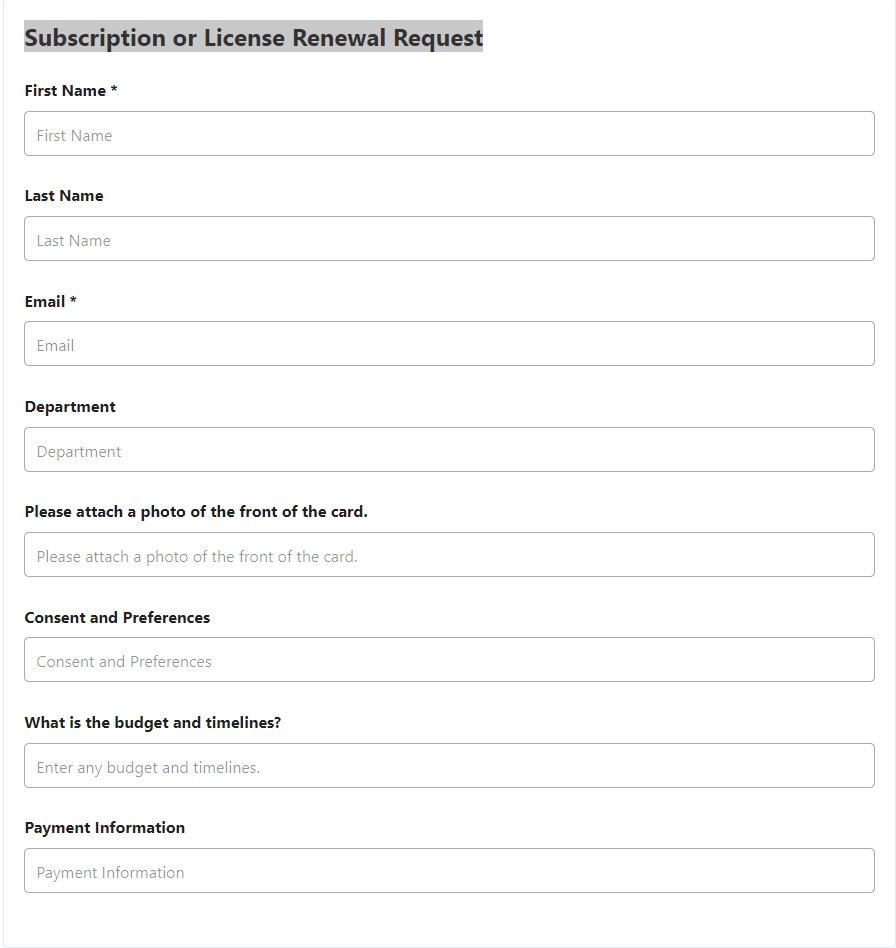
By efficiently managing subscription or license renewal requests and capturing this crucial information, businesses can ensure a smooth transition for their customers, maintain a steady revenue stream, and reinforce customer loyalty.
Contact Us Request
Contact Us is one of the generic service requests that customers use to communicate with the business. Users typically use the contact us request for various purposes including asking questions, seeking support, requesting more information, or expressing interest in a product or service.
The process of handling a contact request usually begins with the customer filling out a form, where they outline the details about their inquiry. This form submission typically triggers an automated response, acknowledging receipt of the request and informing the customer about the expected response time. The inquiry is then routed to the appropriate department within the company—whether it be sales, support, or general inquiries—where it is reviewed and addressed by a representative. The business’s response, typically via email or phone, aims to resolve the inquiry, provide the necessary information, or guide the customer toward the next steps.
When handling a contact request, the following essential information is typically captured in the “Contact Us” form:
- Customer Information: Name, email address, and sometimes phone number, to ensure the business can respond directly and appropriately.
- Subject of Inquiry: A brief summary of the reason for the contact, helping to categorize and prioritize the request.
- Detailed Message: A more in-depth description of the customer’s question, concern, or request, providing the business with the context needed to respond effectively.
- Preferred Contact Method: An option for the customer to indicate how they would prefer to be contacted—via email, phone, or other means.
- Urgency Level: Some forms may include an option for customers to indicate the urgency of their request, helping the business prioritize responses.
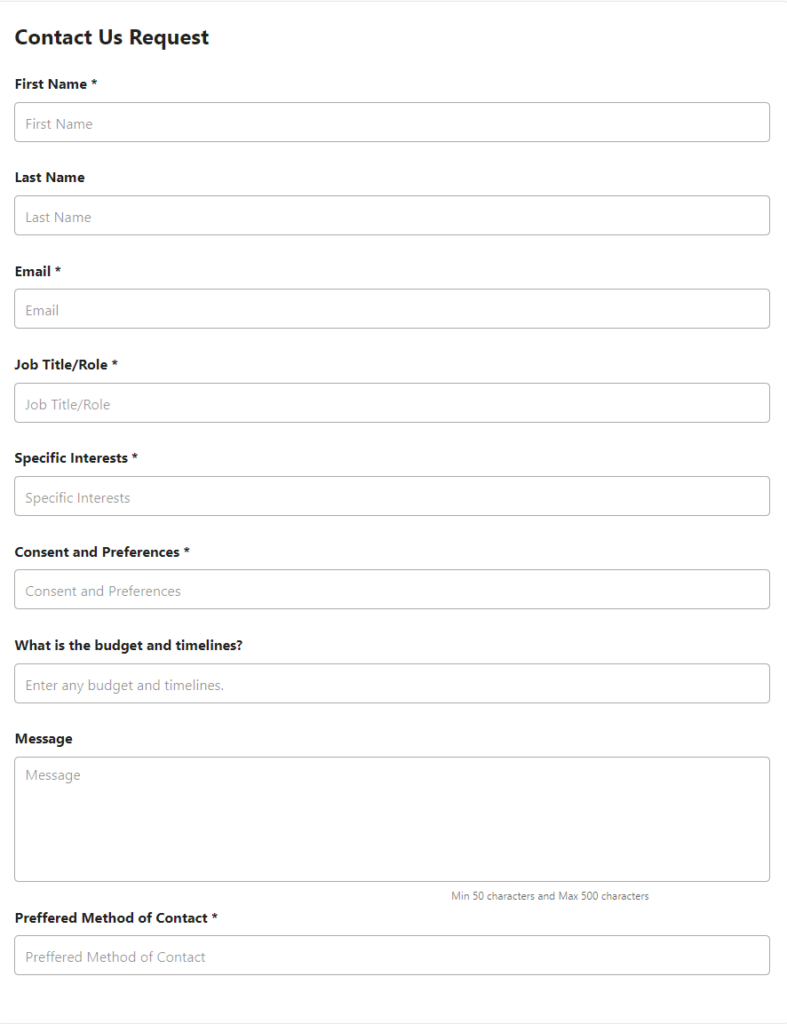
By efficiently managing contact requests and capturing this critical information, businesses can ensure timely and effective communication with their customers, leading to enhanced satisfaction, loyalty, and potential growth opportunities.
Ask a Question Request
An “Ask a Question” request allows users to submit specific inquiries about products, services, or general information about a product or service.
The “Ask a Question” request differs from a “Contact Us” request in its specificity and intent. While a “Contact Us” form is a general-purpose communication tool for a wide range of inquiries—ranging from support issues to partnership opportunities—an “Ask a Question” form is designed for targeted, product-specific inquiries. This specificity allows businesses to categorize and prioritize responses more efficiently and ensures that users receive the precise information they are seeking.
The essential information captured in an “Ask a Question” request usually includes:
- User Contact Information: Name and email address, to ensure that the response can be directed to the correct person.
- Question Details: A clear and concise description of the user’s question or concern.
- Product or Service Context: If applicable, information about the specific product or service the question pertains to, allowing the business to provide a more tailored response.
- Preferred Response Time: Some forms may include an option for the user to indicate how soon they need an answer.
Overall, “Ask a Question” requests are a valuable tool for both customers and businesses, fostering clear communication and enhancing the overall user experience.
Support Service Request
A support service request is a request made by a customer seeking assistance with a product or service they have purchased or are using.
The benefits of having a well-structured support service request process are paramount for continued sales success. For customers, it ensures that their concerns are addressed in a timely and professional manner, which can greatly enhance their overall experience with the brand. For businesses, effective support can lead to increased customer loyalty, as satisfied customers are more likely to return and make additional purchases. Additionally, good support services can lead to positive word-of-mouth and online reviews, which can attract new customers and drive sales. Furthermore, a responsive and efficient support system can reduce the likelihood of customer churn, ensuring a steady stream of revenue.
Making the support request simple and easy to access will help customers to reach when they need the help. Some of the essential information captured as part of a request are:
- Customer Information: Name, contact details, and account information to identify the customer and retrieve relevant records.
- Issue Description: A detailed account of the problem or question, including any error messages, symptoms, or relevant context.
- Product or Service Details (optional): Information about the specific product or service in question, including model numbers, versions, or service plans.
- Preferred Contact Method (optional): The customer’s preferred way of receiving support, whether through phone, email, or chat.
- Urgency Level (optional): An indication of how critical the issue is, which helps prioritize the request in the support queue.
Summary
As we’ve discussed, offering various sales service requests allows customers and prospective customers to reach out with the right inquiries at the right time. By responding promptly and effectively to these requests, businesses can enhance customer engagement, build trust, and boost conversion rates.
Minutly provides customizable templates that help businesses efficiently set up and manage these sales service requests. These templates streamline the process by standardizing forms, workflows, and tools, enabling businesses to capture essential information, prioritize inquiries, and respond swiftly. For more information, explore the Minutly Templates Library or use our ‘Get Help’ resources to connect with us.


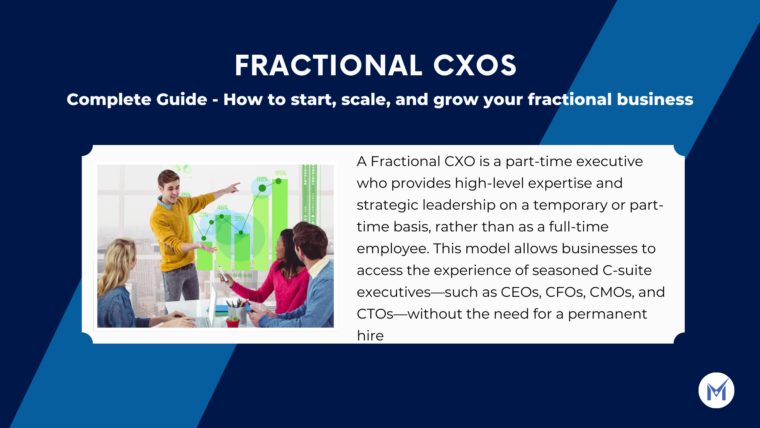
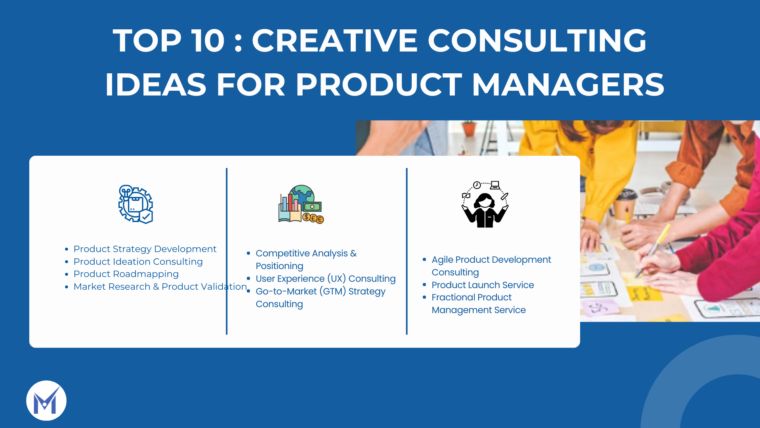
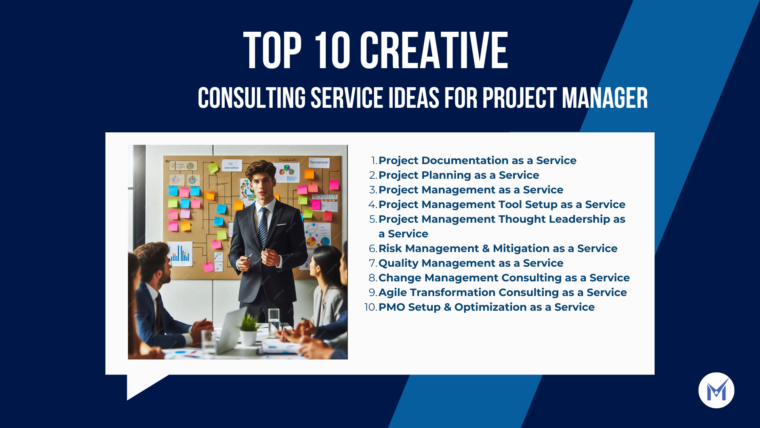
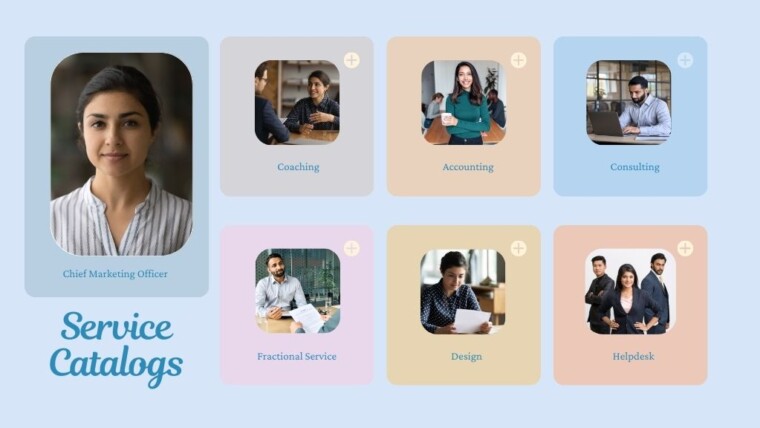
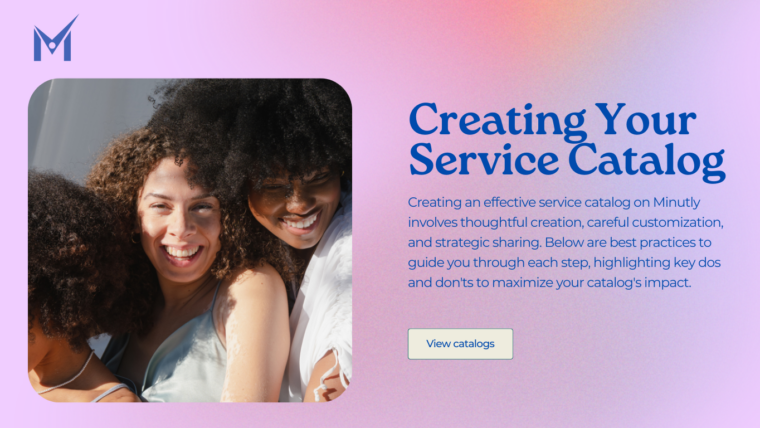
50+ Website features that makes running a business easier
Top 10 essential features for a SaaS website
Website with a purpose: How to drive quality website traffic?
The Power of Pre-requisites: Path to Successful Service Delivery
What is a Service Catalog?
Top 10 Essential Sales Service Requests Every Business Should Offer
Sharing your Minutly Catalog
Setting up your catalog